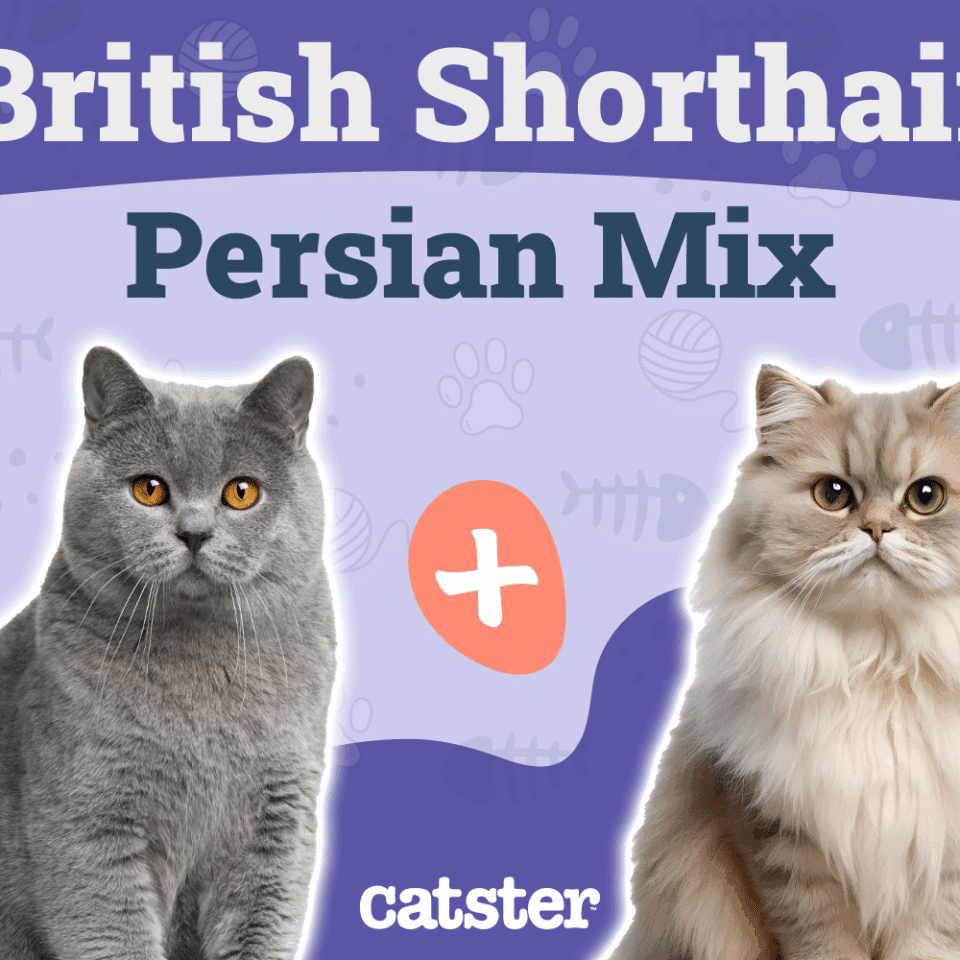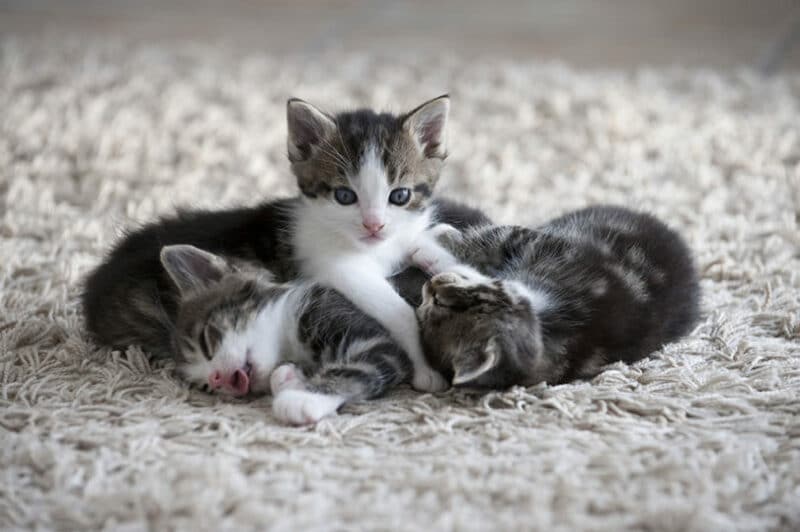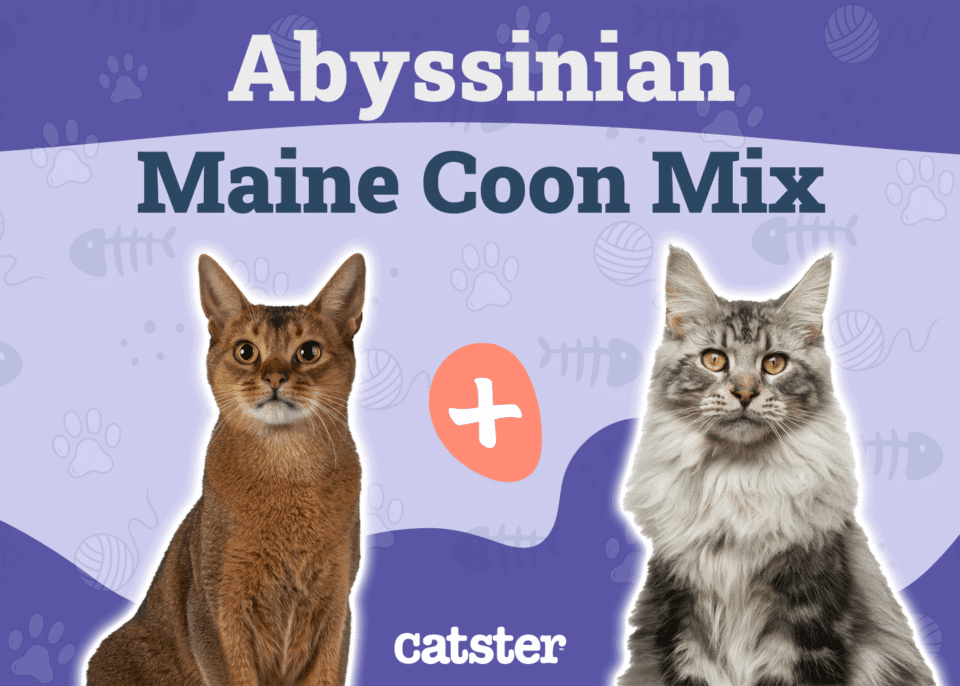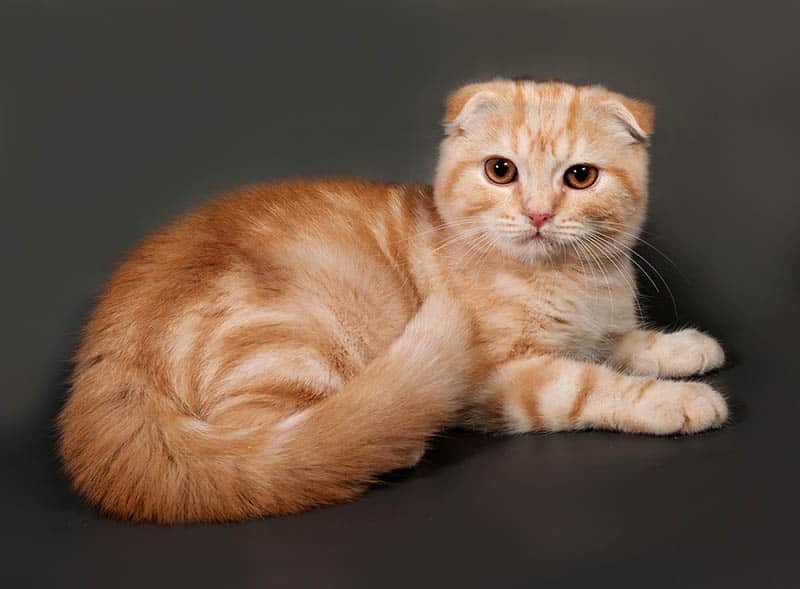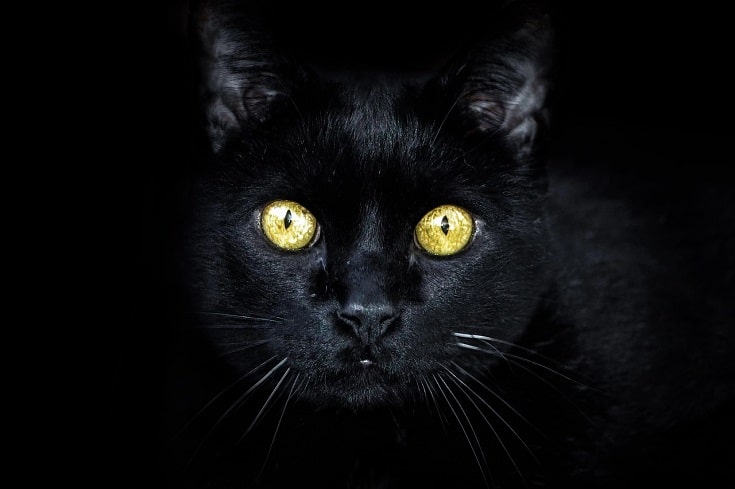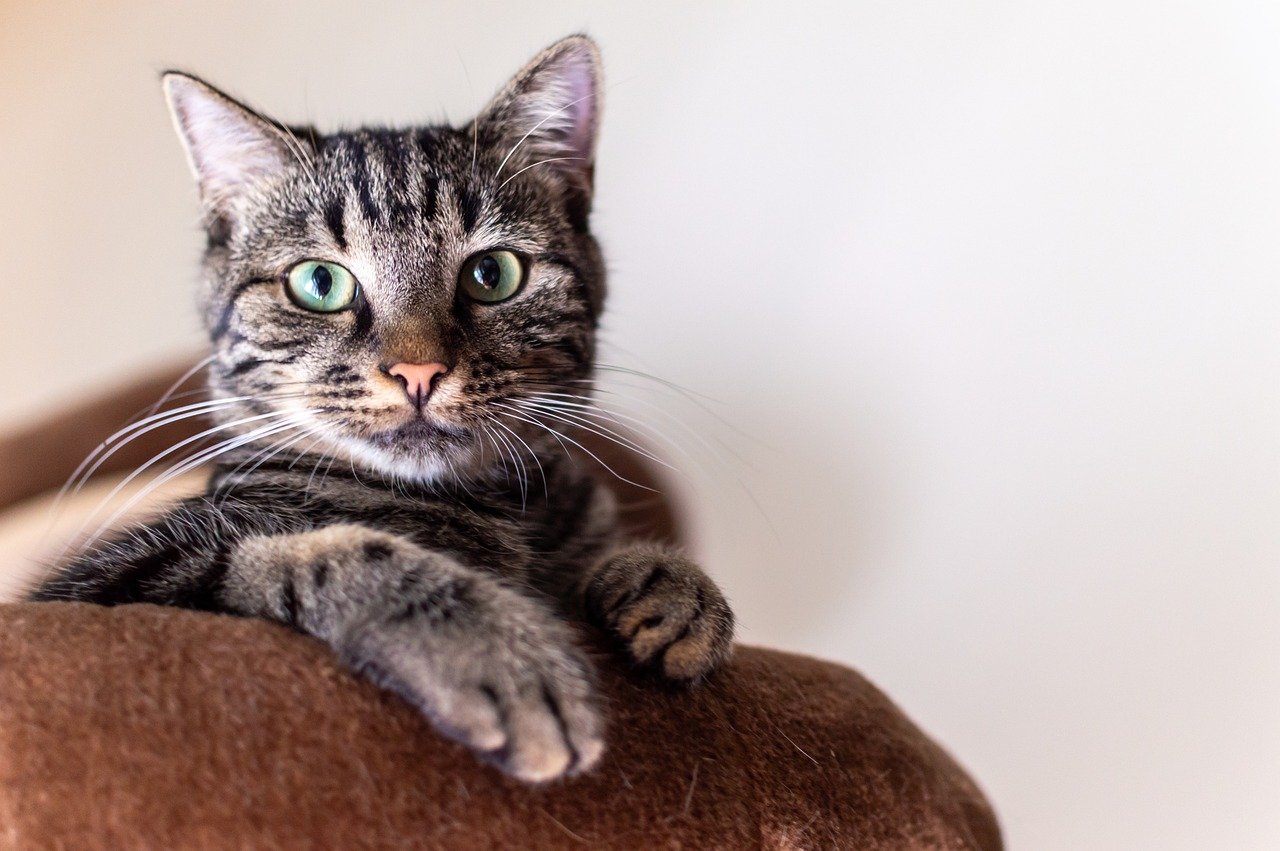Ever met a cat that’s so chill it should come with its own hammock? Enter the British Longhair! These fluffy companions are the epitome of easygoing, without demanding your constant attention.
The British Longhair is closely related to the more familiar British Shorthair, but with a coat that will have you reaching for your camera. Developed through crossing the British Shorthair with longhaired breeds like Persians and Turkish Angoras, these cats bring the best of both worlds to your home.
Standing about 12 to 15 inches tall and weighing between 9 and 18 pounds, the British Longhair is a robust feline, yet it moves with grace. It is perfect for families, thanks to its independent yet sociable nature. However, if you’re the type who loves to pick up cats and carry them around, you might need to reconsider, as they prefer to cuddle by your side rather than in your arms.
What’s really intriguing is their ability to get along with other pets. Whether it’s another cat or a canine buddy, they adapt smoothly. They generally don’t hassle the smaller critters like guinea pigs or rodents either, mainly because they’d rather nap than hunt!
Now, let’s talk about keeping them healthy. We all know that feeling when the couch looks more inviting than a jog around the block, and British Longhairs know this all too well. Encourage them to play with toys or even take them on short walks with a leash. Watch their weight, as they’re prone to obesity, which can lead to issues like joint problems or diabetes.
Grooming is a part of life with these longhaired beauties. Regular brushing will prevent matting and reduce the risk of hairballs, which can be a tad unpleasant for both cat and owner. They shed moderately year-round, but expect it to ramp up during seasonal changes. For the ultimate pampering, consider a bath now and then—start young to get them accustomed.
In terms of health, British Longhairs are generally fit but be cautious of potential conditions like autosomal dominant polycystic kidney disease. It’s always wise to chat with reputable breeders about any health concerns and ensure regular vet check-ups.
Interestingly, the British Longhair can be found in over 300 color combinations! While the classic slate blue is a crowd-pleaser, these cats sport an entire palette of shades and eye colors, from copper to green.
Considering their independent streak, don’t be surprised if they spend a significant part of the day snoozing while you’re out. They’re like the chill roommate who just loves their alone time but won’t mind hanging out when you’re around.
Despite their laid-back disposition, these cats are relatively new to the scene. They gained recognition from TICA in 2009, and though not all cat associations have jumped on board, their popularity is on the rise. Known by various names depending on the region, such as ‘Lowlanders’ or ‘Britannica,’ they bring a touch of British charm wherever they go.
If you’re someone who cherishes a cat that’s affectionate yet independent, the British Longhair is a match made in heaven. With their friendly face and fluffy coat, they are the perfect companions, asking for little more than some quality time and a comfy spot to nap. They’re a great fit for anyone seeking a relaxed yet loving presence at home.
